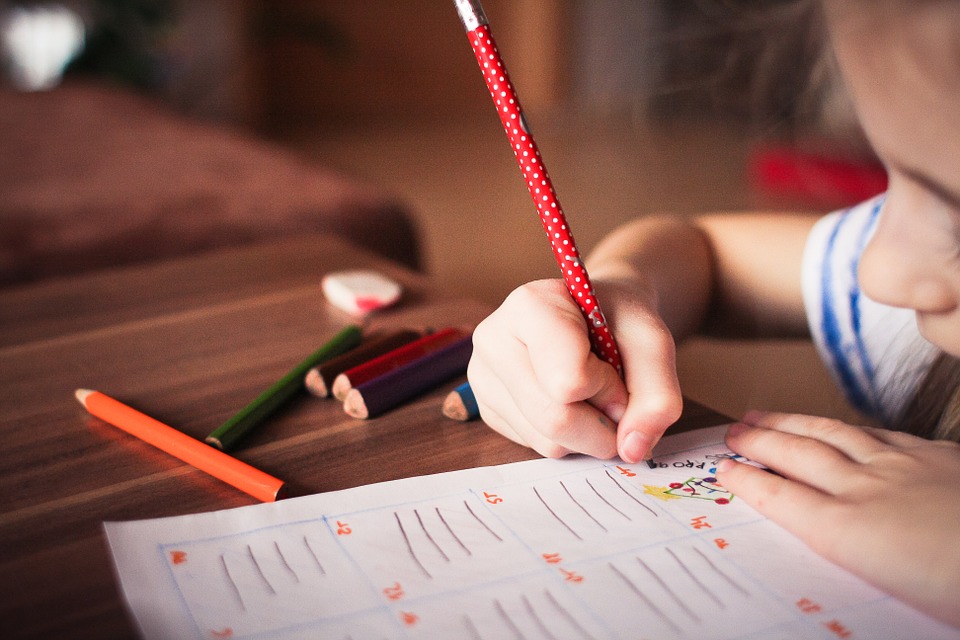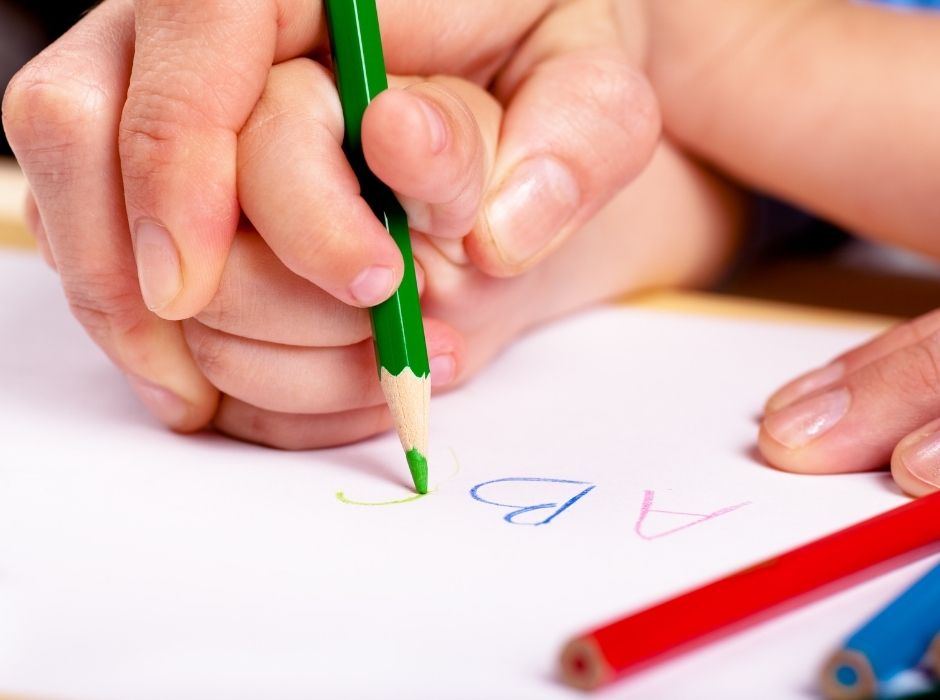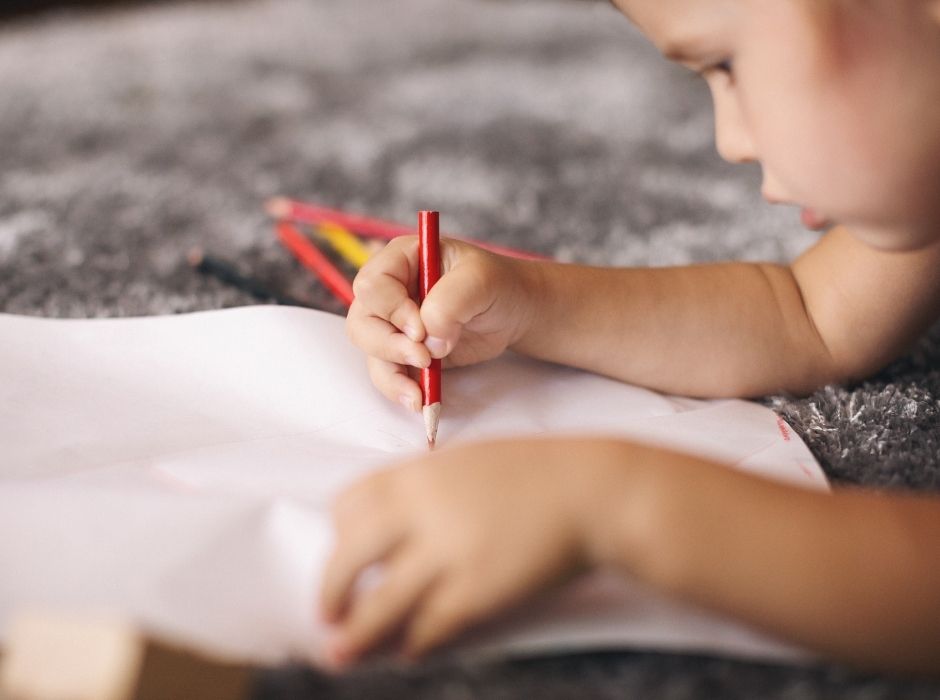Learning to write is a complex task, for which children must develop both cognitive and manual abilities, such as coordinating eye and hand movements, properly holding a pen or a pencil, learning to draw within the margins of a paper; in other words children will have to deal with new gestures they never experienced before then.
In the primary school world there is a divergence between pre-writing supporters and opponents.

Pre-writing is described by various types of exercises that aim to improve eye-hand capability in children as the basis for developing handwriting.
There are two main believes:
Supporting spontaneous and instant handwriting, against pre-writing as a completion exercise that limits the creativity and imagination of children, but in favor of activities that develop the so-called fine manual abilities.
Here is a pre-writing activity example:

This group includes all those teachers or educators who think that preparing children to life in classrooms is the best thing to do, proposing specific exercises to fill out on paper, such as:
In reality, from their early months of age, children have an innate pre-writing ability, such as scribbling: a child’s emotional and mental representation. For this reason, pre-writing is nothing more than a trace of their existence in the surrounding environment.
The abrupt and spontaneous scribbles are a child’s way to express emotions of joy, aggression and fear.
Here we will then encounter signs of greater intensity when feeling aggressive, curves that expand and shape gently and harmoniously when happy and smaller signs when scared.

Pre-writing is an ability that children express from their very first months of life and does not require particular skills, since it’s spontaneous, while handwriting requires good visual and motor coordination and spatial organization abilities which children will be able to reach at around 5-6 years. If this is true, the reason perhaps lies somewhere in between. Guiding kindergarteners in a preparatory path to handwriting turns out to be a useful activity if experienced through play and serenity, but without exaggerating. 🙂
Don’t expect your kids to be little geniuses and most of all all don’t compare them to their other peers, each of us is unique and if one child is more open to certain experiences the other will need some more time.
Rousseau used to say: “We must waste some time to earn it”
Sometimes what seems like wasted time is actually the best way to encourage the learning and growing processes of a child.
What to do? Respect their time without forcing them and use pre-writing with moderation, always presenting it to them as a game.
Whether you are for or against pre-writing, training the fine motor skills of the hand can only be beneficial. Try the activities in the story “Luna meets Mauritius!” from the series set in space, to train your child’s visual attention and fine motor skills. In order to write numbers correctly, immerse yourself in the adventures of “Leo and Terry, nice dancers!” in the deepest ocean.
Luna meets Mauritius
Leo and Terry, nice dancers